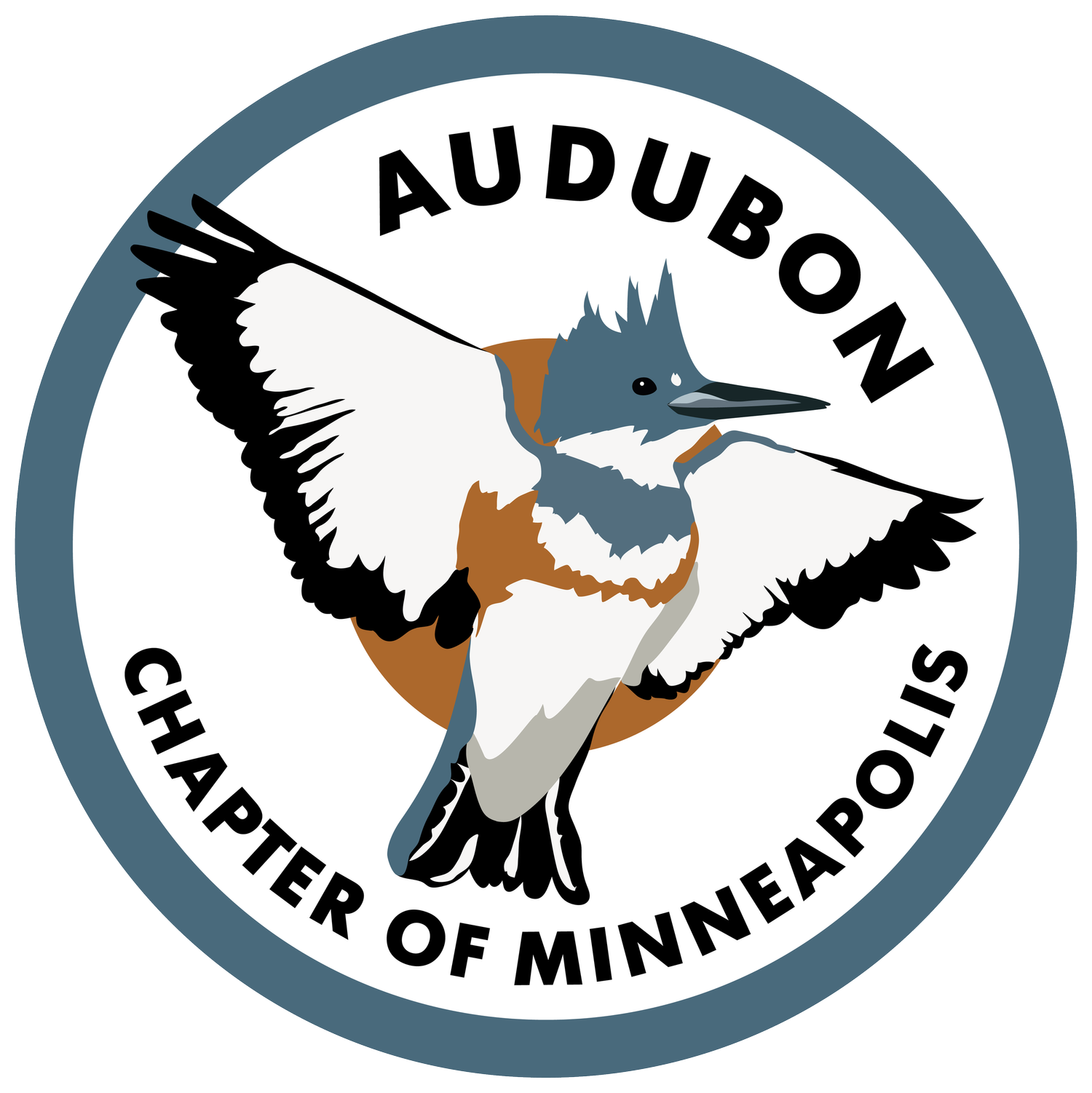What's in Your Ammo? Protecting Birds Through Hunting Stewardship
Bald eagles Photo: Keith Olstad
If you’re a native Minnesotan, chances are that even if you are not a hunter you know some folks who hunt. Hunters have an important role in stewardship and bird conservation—believe it or not, ammunition is pivotal in conserving both birds and more broadly, ecosystem health. Bullets made from lead, a dangerous neurotoxin, permeate the ecosystem via non-game scavengers, like bald eagles who feast on gut piles left behind from successful hunts. Waterfowl may be poisoned by stray bullets landing in waterways and by lead fishing gear.
We invite you to watch and share this short video with your hunter friends and family. The Non‐Lead Hunter features Anthony Prieto, a lifelong hunter with a love of the outdoors and heart of a conservationist. Warning: this video features ammunition demonstrations with live animals and may not be suitable for everyone. For those who do not wish to view hunting footage, we encourage you to listen to and share this recording from our April program, “Loons, lead sinkers, and nontoxic fishing tackle” featuring Carrol Henderson, former supervisor of the Minnesota Department of Natural Resources Non-game Wildlife Program.
While deer season has come and gone, pheasant season is well underway and hunters choosing nontoxic alternatives to lead bullets can the reduce ecosystem-wide impacts of lead in the food chain. Hunters embracing the call of environmental stewardship by going lead free can have a meaningful impact on the birds and animals that both hunters and birders love to see out in the wild. Have you gone lead free? Tell us about it on our Facebook page.

